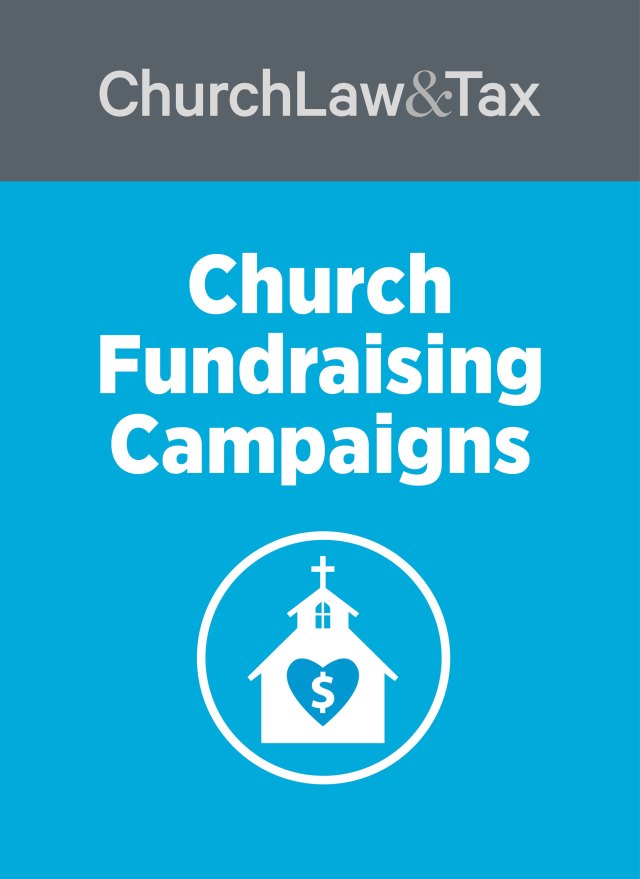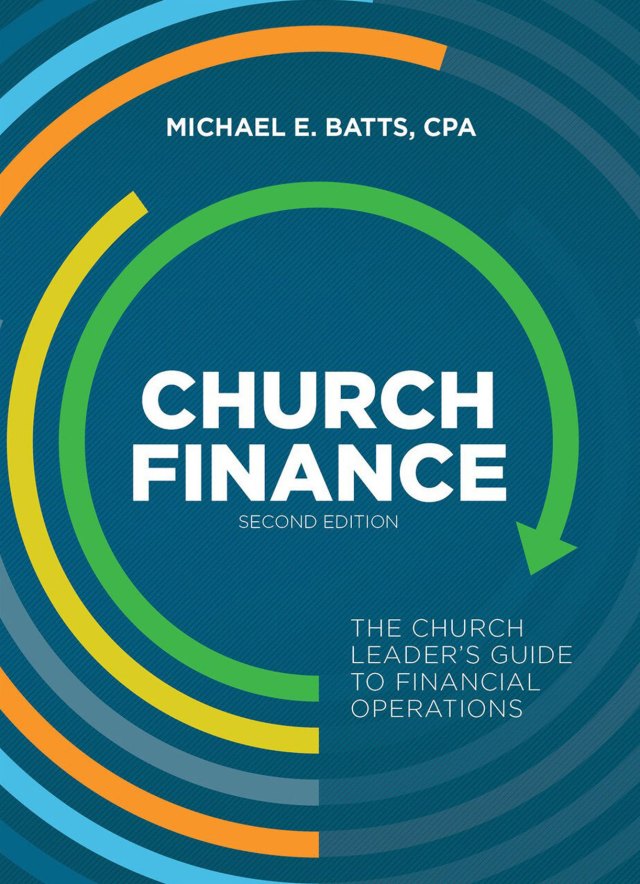Church Law & Tax interviewed Dan Mikes, executive vice president and national division manager for religious institution banking at Bank of the West, about how churches are faring in the lending market. He provided an interesting insight regarding one step churches sometimes take in a mortgage loan application process—and shouldn’t.
Are there any specific no-nos for churches in the mortgage application process?
From my experiences working with larger churches, this is a major no-no: Do not hire a broker or a consultant to go to the bank with your loan application.
Banks are putting out money over an extended period of time, and they want to assess, during the application process, the business acumen within the church staff. The relationship, going forward for many years, is not going to be with some consultant the church hired for the purpose of getting the loan. And lenders don’t want to know and don’t want to listen to that consultant. We want to interact with the resident business skill set from within the congregation.
Tough conversations sometimes needed
Sometimes we must have a tough conversation with a church who has sent us financial statements that show their accounts are down to zero, there’s no cash reserve, their attendance may be stable but giving has declined. From a basic fiscal perspective they need to be cutting staff, reducing benefits, yet now you find the person you’re talking to at the church doesn’t understand revenue minus expense and doesn’t understand what you’re talking about when you ask about cash flow or cash available for debt service, which adds back noncash items like depreciation. This person doesn’t have a basic understanding of a set of financial statements and can’t talk their way through them.
Understand what the bank needs
That’s when you have a real problem as a lender. Consequently, the lender’s posture may shift to a different tone. The banker is reporting to the risk manager about how the church plans to manage through the financial downturns. The risk manager is reviewing the conversation notes and can see the disconnect between the comments from the church and what the numbers on the statements show. At that point, there is diminished optimism on the lender’s part as it appears the lender is dealing with people who cannot talk the same language about what the circumstances are and how they will be addressed.
So it’s really important that the church understands that the bank is looking to enter into a relationship with it, and relationships have to happen between people. There has to be a certain amount of compatibility in the content of the conversation. It’s not just about numbers—it’s about leadership and how this organization is managed.
Go deeper on churches and loan applications with the article “Get a Loan in the ‘New Economy.’” And bring your church’s financial leadership to new levels of accountability and excellence with the book Church Finance.





